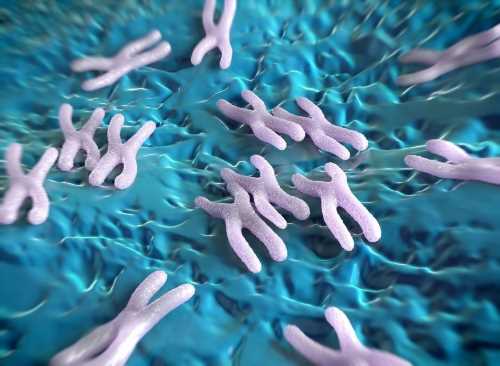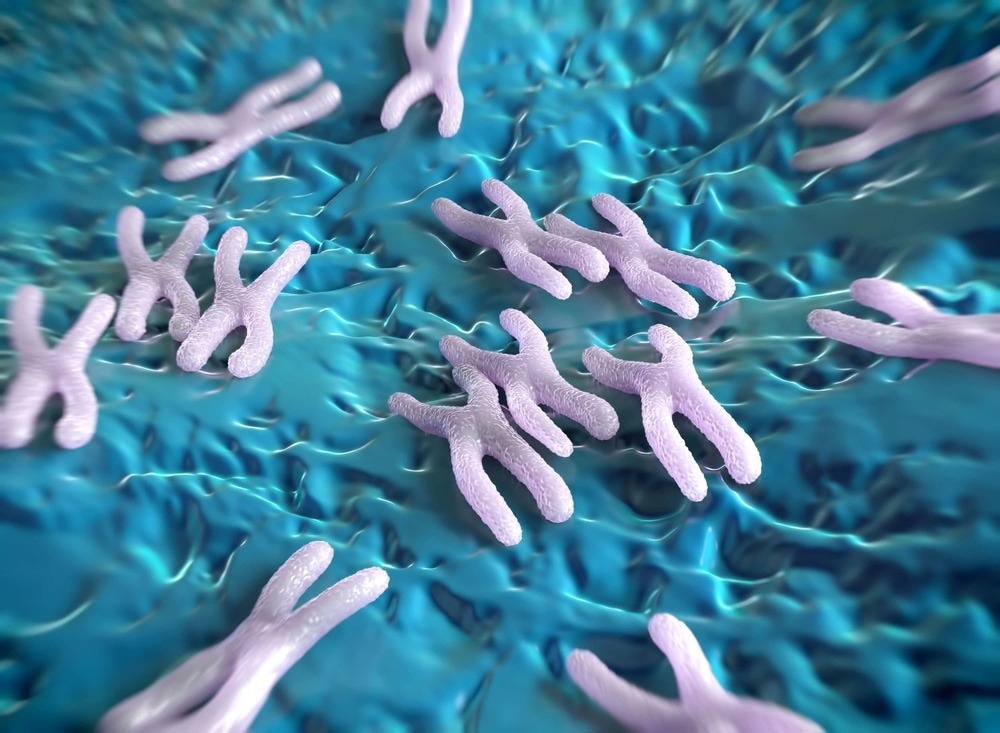
Introduction
Usher Syndrome Symptoms: Type 1
Usher Syndrome Symptoms: Type 2
Usher Syndrome Symptoms: Type 3
Usher Syndrome Symptom Management
References
Usher syndrome is characterized by loss of hearing and vision and problems relating to balance and movement. There are three types of the syndrome, according to when the symptoms present and the severity of the symptoms.

Image Credit: Peddalanka Ramesh Babu/Shutterstock.com
Usher Syndrome Symptoms: Type 1
People with type 1 Usher syndrome are born with significant symptoms that inhibit their function and learning from infancy.
They are almost completely deaf at birth and have stark balance problems that affect their mobility. They usually learn to sit without the need for support at a later age, commonly older than one year old. Likewise, the first steps and walking are often delayed to approximately two years old.
Loss of vision tends to present in early childhood and uniformly before the age of 10 years old. The initial signs are problems seeing in the nighttime and peripheral vision, which soon progresses to total blindness.
Usher Syndrome Symptoms: Type 2
Type 2 Usher syndrome also displays signs from birth, although the severity of the symptoms is usually not as profound as those affected by type 1.
Hearing loss may be moderate to severe at birth, but the ability to maintain balance is usually normal. Abnormalities in vision begin to develop in teen years but typically progress more slowly than in individuals with type 1, so most individuals do not entirely lose sight.
Usher Syndrome Symptoms: Type 3
A baby with type 3 Usher syndrome does not usually exhibit major signs of the condition at birth. They have relatively normal hearing, vision, and balance abilities, such that the condition may not be recognized until a later date.
Over time, there is a gradual loss of vision and hearing, but the rate at which this occurs differs considerably between different children. However, a loss of hearing is usually evident when the child reaches their teen years and night vision also begins to present as an issue.
The decline in hearing and vision ability continues in life, and most individuals are clinically blind when they reach middle age. Problems in balance may also arise, varying greatly in severity for each individual.
Usher Syndrome Symptom Management
It is important that babies with Usher syndrome are identified and diagnosed as soon as possible to enable them to begin learning techniques that will help them to cope with the changes associated with the loss of senses.
Children with type 1 Usher syndrome are almost completely deaf at birth and, with currently available medical treatments, will never regain their hearing ability. As such, it is beneficial for them and their families to learn sign language to help them communicate.
While hearing aids do not benefit individuals with type 1, as they are completely deaf, children with type 2 or type 3 can significantly improve their quality of life with a hearing aid. This is because they have not completely lost their sense of sound, so the amplifying effect of hearing aids can help.
Specialist health professionals trained in the learning development of children with Usher syndrome can aid in support of parents and children affected by the syndrome. It can be a steep learning curve for everyone involved, and adequate support must be given as symptoms develop or become more severe over time.
References:
-
Usher Syndrome Types, Symptoms, Causes, Treatments & Tests (2022). Available at: https://my.clevelandclinic.org/health/diseases/15046-usher-syndrome (Accessed: 4 August 2022).
-
Rull, D. (2010) Usher's Syndrome. Congenital deafness and usher's syndrome, Patient.info. Available at: https://patient.info/doctor/Usher-Syndrome.htm (Accessed: 4 August 2022).
-
Usher syndrome – Better Health Channel (2022). Available at: https://www.betterhealth.vic.gov.au/health/conditionsandtreatments/usher-syndrome (Accessed: 4 August 2022).
Further Reading
- All Usher Syndrome Content
- What is Usher Syndrome?
- Usher Syndrome Diagnosis
Last Updated: Aug 4, 2022

Written by
Susan Chow
Susan holds a Ph.D in cell and molecular biology from Dartmouth College in the United States and is also a certified editor in the life sciences (ELS). She worked in a diabetes research lab for many years before becoming a medical and scientific writer. Susan loves to write about all aspects of science and medicine but is particularly passionate about sharing advances in cancer therapies. Outside of work, Susan enjoys reading, spending time at the lake, and watching her sons play sports.
Source: Read Full Article